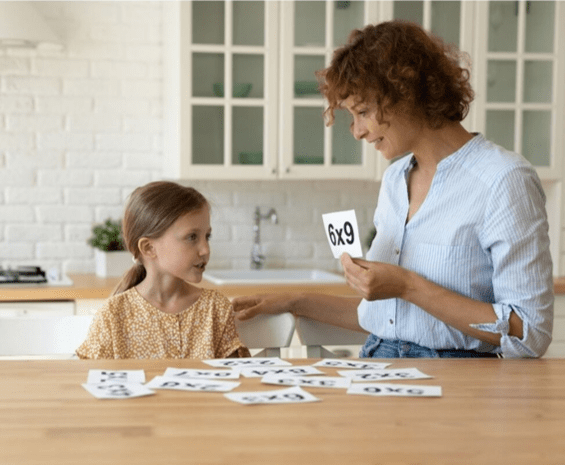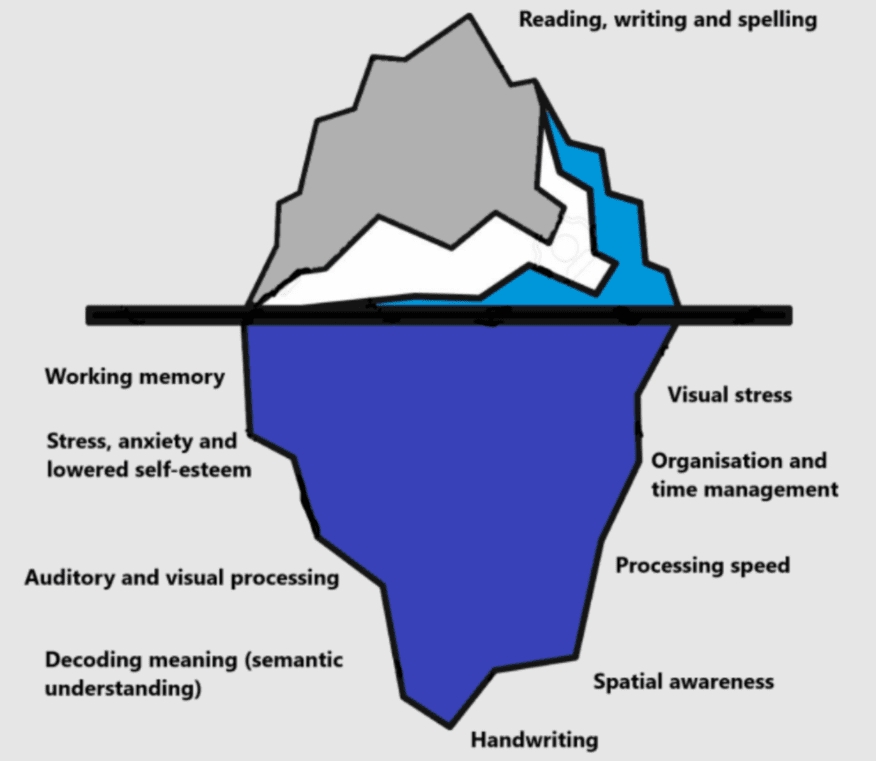
A student’s experience with math completely changes when they develop fact fluency. Knowing math facts (single-digit problems in all four operations) allows students to complete problems more quickly and more efficiently. It also allows students to work through math problems with more flexibility in how they view the numbers involved. This is typically when students stop counting on their fingers and begin looking at numbers more flexibly.
When Do Students Develop Fact Fluency?
Most students learn their addition facts around 2nd grade. These facts come more easily for some than for others. There is virtually no correlation between late math fact fluency and struggle with math concepts. Many students who have advanced math skills for their grade level also have a hard time with memorization. They are very different skillsets. However, the sooner a student is able to lock in those facts, the faster their math skills will grow. And once students have a firm grasp of addition facts, they should soon begin to develop the ability to relate those facts to subtraction. When a subtraction fact complements an addition fact, it is called a fact family. For example, 2 + 3 = 5 and 5 – 2 = 3 are part of the same fact family. Fact families form the foundation for later number sense.
It is always best to avoid the “rote memorization” method when it comes to learning. However, in math, memorizing facts can help students improve their efficiency as well as the level of challenge they are able to tackle. While there is no real rush for students to learn their facts, most students have a solid repertoire of fact recall by the end of 3rd grade. If students are older and don’t know their facts, it might become a problem is if it means they calculate much more slowly than they would otherwise.
Strategies for Developing Fact Fluency in Addition
Here are some effective strategies to help your child build fact fluency in addition.
Using 10 frames
Ten frames like this one can help students visualize what various facts look like. For larger facts, show them two ten frames and have them determine the total (as in 9 + 8). For smaller facts (that total less than 10), one ten frame is sufficient.
Ways to make…
Students brainstorm as many ways to “make” a given number as possible and record them. For example, students think of all the ways they can make 10 (5 + 5, 4 + 6, 3 + 7, and so on).
Drill strategically
While math drills should not be the only fluency practice students get, there is a place for drilling when it is purposeful. If students sit mindlessly for 10 minutes and repeat the same facts over and over again, they are unlikely to create any lasting knowledge. However, when students are given new facts to practice for short bursts of time, this can be an effective way to reinforce new or newly learned facts.
Games
The best way to help students develop fact fluency is through games! It’s the most effective strategy because it’s the most engaging, and students always love to be engaged. Here’s a list Scholastic made of some great games that help build students’ fact knowledge.
Strategies for Developing Fact Fluency in Multiplication
Patterns on the hundreds chart
For this math strategy, students use a hundreds chart to color in all of the multiples of a number, then make observations about what patterns they notice. For example, when students are first learning multiples of 2, having them notice that the colored in numbers all take up every other column on the hundreds chart can help them determine that multiples of 2 are even numbers, and the columns that are colored in are all even.
Again…drill strategically!
As previously stated, be sure students who are drilling multiplication facts have a purpose behind their repetition. Drills shouldn’t last more than a few minutes at a time, and students should always have the opportunity to reflect afterwards or measure their progress in some way.
Use helper facts
Helper facts are any facts that students can more easily recall and that help with a given fact. For example, using double facts can help students solve multiplication facts with even numbers (if 4 doubled is 8, and 8 doubled is 16, then 4 x 4 must equal 16).
Games
Finally, here are some great multiplication fact games to add to your child’s repertoire.
In Conclusion
More important that any of the strategies above is helping your child avoid undue pressure when it comes to learning math facts. Students who enjoy math sometimes lose some of their enthusiasm when mundane memorization becomes a requirement. Prioritize the fun stuff, and the facts will come in their own time.




